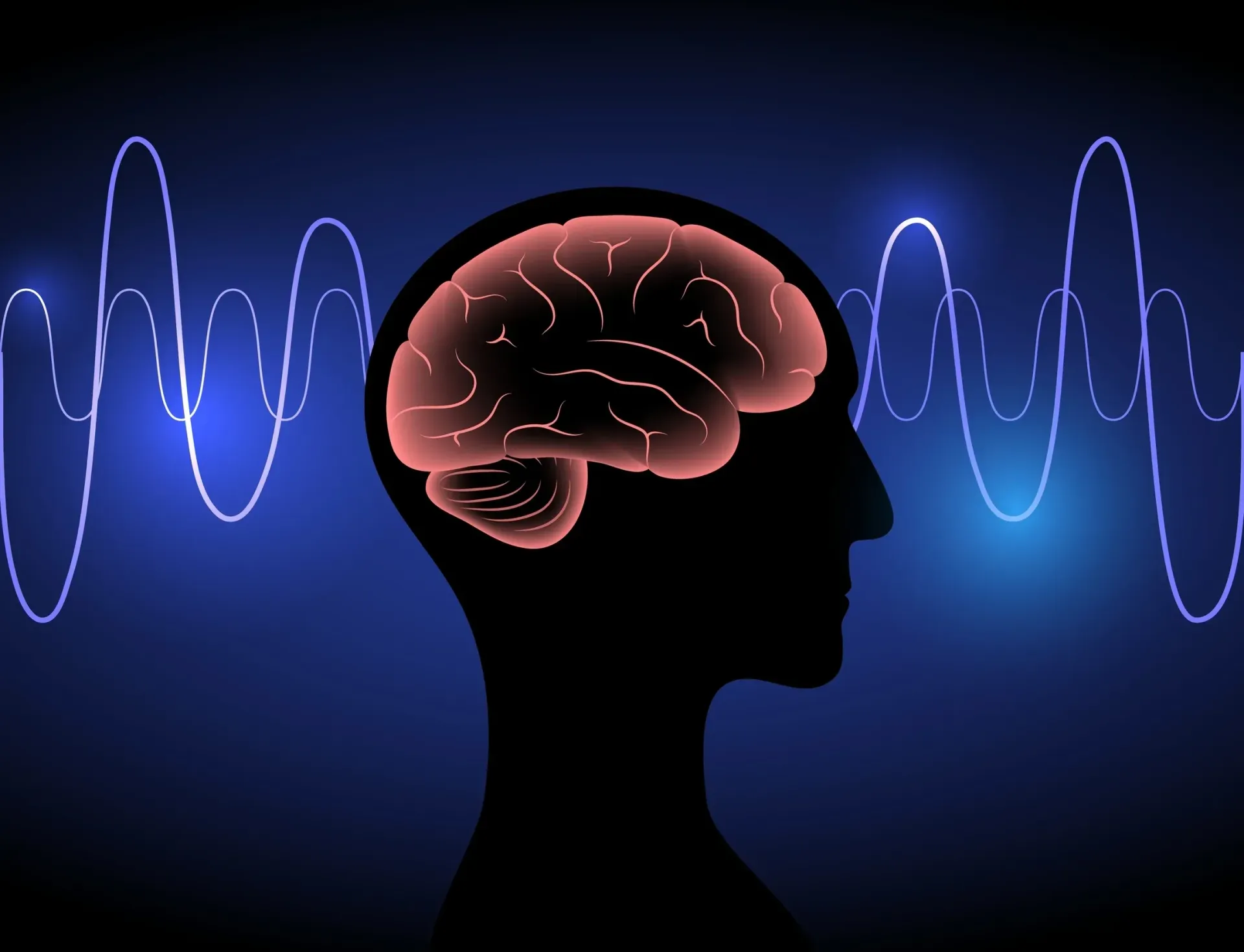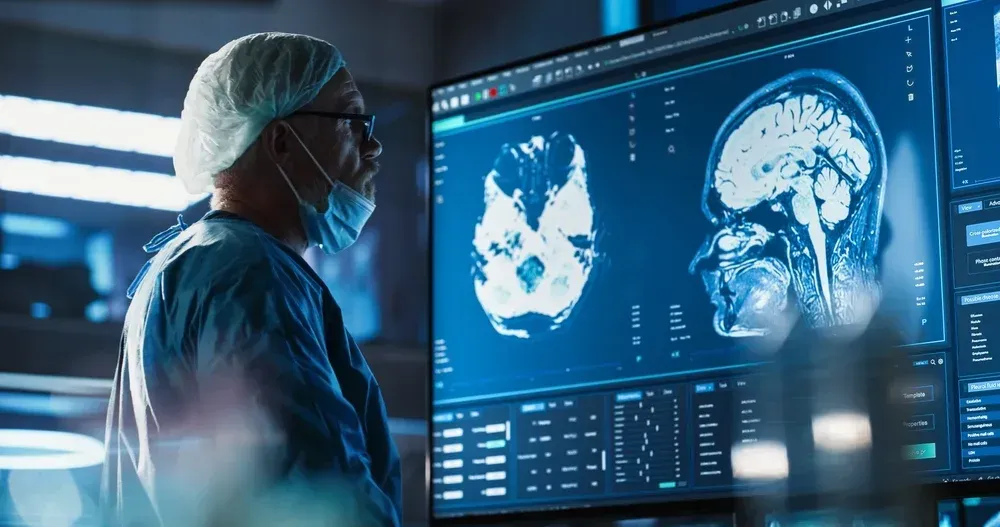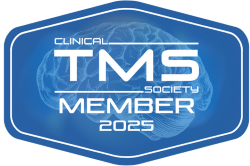
JOIN US! TMS Education Event - Tuesday, April 9th 5:30pm pst - Click to learn more!
Why Accelerated TMS is Becoming the Go-To for Anxiety Treatment
While traditional treatments such as psychotherapy and medication have long been the cornerstone of anxiety management, many individuals find themselves seeking alternatives due to limited effectiveness, unwanted side effects, or a desire for faster relief. In this landscape of evolving mental health care, an innovative treatment known as Accelerated Transcranial Magnetic Stimulation (TMS) has emerged as a promising option for those battling anxiety disorders.
The emergence of accelerated TMS as a treatment for anxiety has been met with considerable excitement in the mental health community, largely due to its impressive performance in clinical trials. Early studies have shown a high level of efficacy, with many participants experiencing significant reductions in anxiety symptoms after undergoing accelerated TMS protocols. These results suggest that accelerated TMS could represent a major step forward in our ability to address anxiety disorders effectively and efficiently.
This article will explore how accelerated TMS works, its potential benefits, and why it's quickly becoming a go-to option for many individuals seeking relief from the burden of anxiety. Whether you're someone struggling with anxiety or a mental health professional looking to expand your treatment toolkit, understanding the potential of accelerated TMS could open new doors in the journey towards better mental health.
Types of Anxiety Disorders
Anxiety disorders are a group of mental health conditions characterized by persistent worry and fear. These disorders are among the most common mental health issues, affecting millions of people worldwide. While it's normal to experience anxiety in stressful situations, individuals with anxiety disorders often find their anxiety is disproportionate to the situation, difficult to control, and interferes with their ability to function normally.
Common types of anxiety disorders include
Generalized Anxiety Disorder (GAD) and
Social Anxiety Disorder (SAD). GAD is marked by chronic, exaggerated worry about everyday life events, often without a specific focus. People with GAD may feel constantly on edge, restless, and have difficulty concentrating. On the other hand, SAD, also known as social phobia, involves intense fear of social situations and interactions. Individuals with SAD often worry excessively about being judged, embarrassed, or humiliated in social settings.
Traditional Treatment Modalities
Traditionally, anxiety disorders have been treated with a combination of psychotherapy and medication. One of the most common and effective forms of psychotherapy for anxiety is Cognitive Behavioral Therapy (CBT). CBT helps patients identify and challenge negative thought patterns and behaviors associated with their anxiety. It teaches coping strategies and gradually exposes individuals to anxiety-provoking situations in a controlled manner, helping them build resilience and reduce anxiety over time.
Medications, particularly antidepressants like Selective Serotonin Reuptake Inhibitors (SSRIs) and anti-anxiety medications such as benzodiazepines, are sometimes prescribed to help manage symptoms of anxiety disorders. These can be especially helpful in severe cases or when combined with psychotherapy.
The Limitations of Conventional Therapies
While these conventional treatments are effective for many people, they do have limitations for some patients. Psychotherapy, while generally very effective, can take considerable time to show results and requires commitment from the patient. Some individuals may find it challenging to engage in therapy or may not respond as well to standard therapeutic approaches.
Medications, while helpful for symptom management, can come with side effects that some patients find difficult to tolerate. These may include drowsiness, weight gain, or sexual dysfunction. Additionally, some patients may develop a dependence on certain anti-anxiety medications, particularly benzodiazepines, if used long-term.
A significant portion of patients with anxiety disorders may be treatment-resistant, meaning they don't respond adequately to standard treatments. It's estimated that about 30-40% of patients with anxiety disorders do not achieve remission with first-line treatments. This treatment-resistant group often requires alternative or more intensive interventions.
The Rise of TMS in Mental Health Treatment
Transcranial Magnetic Stimulation (TMS) is a non-invasive brain stimulation technique that has gained significant traction in mental health treatment over the past few decades. This innovative approach uses magnetic fields to stimulate specific areas of the brain associated with mood regulation and cognitive function.
TMS first emerged as a promising
treatment for depression, particularly for cases resistant to traditional therapies. Its initial application focused on treating major depressive disorder in patients who had not responded adequately to antidepressant medications or psychotherapy. The effectiveness of TMS in alleviating symptoms of treatment-resistant depression led to its approval by the U.S. Food and Drug Administration (FDA) in 2008 for this specific use.
The mechanism behind TMS's efficacy in depression treatment is thought to involve the stimulation of underactive neural circuits in the prefrontal cortex, an area of the brain crucial for mood regulation. By enhancing activity in these regions, TMS can help restore more balanced neural functioning and alleviate depressive symptoms.
TMS for Anxiety
As research progressed and clinical experience with TMS grew, mental health professionals began to explore its potential in treating other psychiatric conditions, including anxiety disorders. This expansion was a natural progression, given the neurobiological similarities and frequent comorbidity between depression and anxiety. Many of the brain regions implicated in depression, such as the prefrontal cortex and limbic system, also play crucial roles in anxiety disorders.
The application of TMS to anxiety disorders has shown promising results, particularly for conditions like generalized anxiety disorder (GAD) and social anxiety disorder (SAD). Studies have demonstrated that TMS can modulate activity in the dorsolateral prefrontal cortex and other regions involved in emotional processing and regulation, potentially reducing anxiety symptoms.
However, traditional TMS protocols typically require daily sessions over several weeks, which can be time-consuming and inconvenient for many patients. This limitation led to the development of accelerated TMS protocols, which aim to deliver the same or better therapeutic effects in a much shorter timeframe.
Accelerated TMS: Revolutionizing Anxiety Treatment
Accelerated TMS has emerged as a game-changing approach in the treatment of anxiety disorders, offering a faster and potentially more effective alternative to traditional TMS protocols without compromising on its effectiveness. This innovative method is reshaping how we approach anxiety treatment, providing hope for those who have struggled with conventional therapies.
Accelerated TMS protocols are designed to deliver the therapeutic benefits of brain stimulation in a significantly condensed time frame. While standard TMS treatments typically involve daily sessions over 4-6 weeks, accelerated protocols compress this schedule into a much shorter period, often ranging from a few days to two weeks. This intensified approach is based on the neuroplasticity principle, which suggests that more frequent stimulation over a shorter time might lead to faster and more robust changes in brain activity.
One of the most promising forms of accelerated TMS is theta burst stimulation (TBS). TBS is a specialized form of TMS that delivers rapid bursts of magnetic pulses in patterns that mimic the brain's natural theta rhythm, a brainwave pattern associated with memory, learning, and neuroplasticity. There are two main types of TBS: intermittent TBS (iTBS), which is excitatory, and continuous TBS (cTBS), which is inhibitory.
The Effectiveness of Accelerated TMS for Anxiety
There is a growing body of research supporting the efficacy of TMS as a treatment for anxiety. While still an emerging field, early studies and clinical outcomes have shown promising results.
Several studies have demonstrated the potential of accelerated TMS protocols in treating anxiety. For instance, a 2019
study found that an accelerated TMS protocol using theta burst stimulation (TBS) significantly reduced symptoms of generalized anxiety disorder (GAD) in participants. The study reported a response rate of 50% and a remission rate of 30% after just two weeks of treatment, with effects maintained at the one-month follow-up.
Another notable study published by
Clark et. al, examined the efficacy of accelerated TMS for comorbid major depressive disorder and anxiety disorders. The researchers found that the accelerated protocol not only improved depressive symptoms but also significantly reduced anxiety, with effects persisting for up to 6 months post-treatment.
Clinical outcomes have also been encouraging.
Patients at Kind Health TMS have reported noticeable reductions in anxiety symptoms, improved mood, and enhanced quality of life following accelerated TMS treatment. This includes individuals who had previously found little relief from traditional therapies who described significant improvements after undergoing accelerated TMS protocols.
The Treatment Process: What to Expect
The accelerated TMS treatment process is an intensive, streamlined approach designed to deliver rapid relief from anxiety symptoms. This innovative treatment plan is carefully structured to maximize therapeutic benefits while minimizing the time commitment required from patients.
A typical accelerated TMS treatment plan is significantly condensed compared to standard TMS protocols. While traditional TMS might span 4-6 weeks, an accelerated plan often takes place over just 1-2 weeks. The exact duration can vary based on the patient's individual needs. For instance, some intensive protocols might involve 5 consecutive days of treatment, while others might extend to 10 days or two weeks.
During this compressed timeframe, patients undergo multiple treatment sessions per day, usually between 3 to 10 sessions, with short breaks in between. This intense schedule is based on the principle that more frequent stimulation in a shorter period may lead to faster and potentially more robust changes in brain activity.

A Final Word from Kind Health TMS
Accelerated TMS represents a significant leap forward in the treatment of anxiety disorders. The approach offers a promising alternative for individuals who have found limited success with traditional therapies or are seeking faster relief from their symptoms. By condensing the treatment timeline and utilizing advanced protocols like theta burst stimulation, accelerated TMS has the potential to provide rapid, effective relief from anxiety with minimal side effects.
If you or someone you know is struggling with anxiety and finding that conventional treatments aren't providing adequate relief, it may be worth reaching out for professional support. At
Kind Health TMS, our team of mental health therapists can provide a comprehensive evaluation to determine if accelerated TMS might be a suitable option for your specific situation.
Looking to the future, the landscape of anxiety treatment appears bright and full of potential. The growing acceptance of non-pharmacological interventions like accelerated TMS reflects a broader shift in mental health care towards more holistic treatments that are rooted in our neurology.
Accelerated TMS shows great promise, but it's important to remember that mental health treatment is not one-size-fits-all. The most effective approach often involves a combination of treatments tailored to the individual's specific needs, which may include therapy, medication, lifestyle changes, and brain stimulation techniques.

Meet the Author
Dr. Georgine Nanos, MD, MPH
Founder of Kind Health Group
If this is a life-threatening emergency, please call 911 or the National Suicide Prevention Lifeline

















































